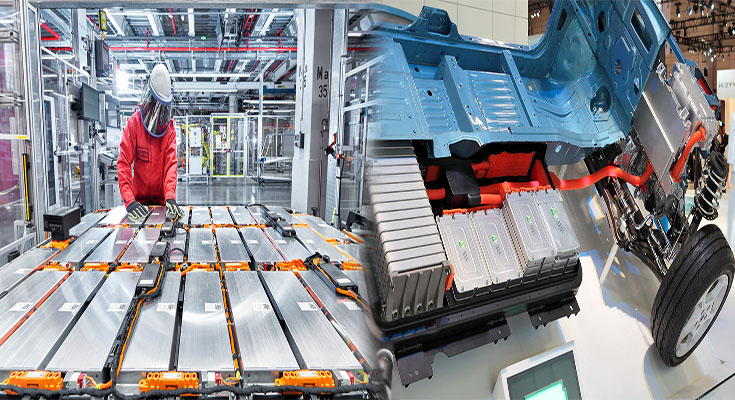A battery electric vehicle (BEV) is a vehicle powered by a rechargeable battery. These vehicles are a key part of the global move towards cleaner transport.
However, the future of battery electric vehicles will depend on many factors including advancements in technology, market trends, and government regulations. This article will discuss these important aspects to help you better understand the future of BEVs.
Advancements in Technology
There is a wealth of advances in battery technology that could change the way electric vehicles are used. These include solid-state batteries, which use liquid electrolytes instead of a solid material; improved battery design; longer cycle life; and thermal stability.
In addition, a team of researchers has developed a new battery structure that regulates temperature from inside the battery to charge faster. This could significantly increase the range and energy available for an EV, according to Penn State researcher Jian Wang.
The research is part of the global race to develop better batteries. Most EVs today use lithium, cobalt and manganese cathodes, but these are expensive materials. That has driven battery companies to search for alternatives. This includes sodium and sulfur, which have abundant supplies and can cost as little as two-thirds the price of lithium ion batteries.
Market Trends
Battery electric vehicles are becoming increasingly popular due to the growing environmental concerns regarding climate change and the alarming levels of pollution in most cities. Moreover, the government support for EVs and tax rebates are other factors that are contributing to their growth.
Despite recent challenges caused by the COVID-19 pandemic and increased raw material costs, global EV sales are rapidly increasing. IDTechEx predicts that sales of electric vehicles will rise to 6.6 million in 2023 and reach 9.6 million in 2031, representing over 9% of the world’s passenger car market and tripling its share from 2020.
The global EV battery market is dominated by lithium-ion batteries, which offer high energy density and do not suffer from memory effect (loss of maximum energy capacity owing to rapid recharge). A faster shift to Lithium Iron Phosphate (LFP) battery chemistries has been observed in China and Tesla plans to shift all production of standard range vehicles to LFP battery chemistry.
Government Regulations
Governments play an important role in regulating the battery electric vehicle industry. Policymakers can provide incentives for EV manufacturing, supply chain reskilling and recycling, and support the development of public charging infrastructure.
As a result, the industry is experiencing rapid growth and is on track to meet market expectations. However, the transition to a fully sustainable battery market requires effective policy frameworks for material sourcing, design, product quality requirements and traceability from inception to disposal.
For example, a number of countries have introduced battery recycling schemes to maximize the reuse and recycle of end-of-life batteries. These policies could have a significant impact on the future market for nickel and lithium, two key materials used in the manufacture of EV batteries.
In addition to regulations, governments can encourage the broader EV industry through electricity tariffs that support grid- and customer-friendly charging infrastructure. They can also enable electric utilities to participate in the development of charging infrastructure. This can range from minimal involvement to targeted “make-ready” investments for EV supply equipment or full utility ownership of EVSE.
Bottom Line
A battery electric vehicle operates on electricity stored in its batteries, similar to laptops and cell phones. They typically have lower fuel costs than similar gasoline vehicles, have no tailpipe emissions and offer a driving experience that is virtually identical to that of a conventional vehicle.
As technology advances, EVs are expected to become even more efficient. These improvements will reduce the need for battery replacements and increase their lifespan.
EVs also use complex thermal management systems to control battery degradation. Lithium-ion cells are happiest at 70 degrees Fahrenheit, and high temperatures can accelerate the rate of deterioration.
Nevertheless, most EVs will lose range over time. This is an inevitable part of their lifespan, but the batteries will remain functional for a significant amount of time.

